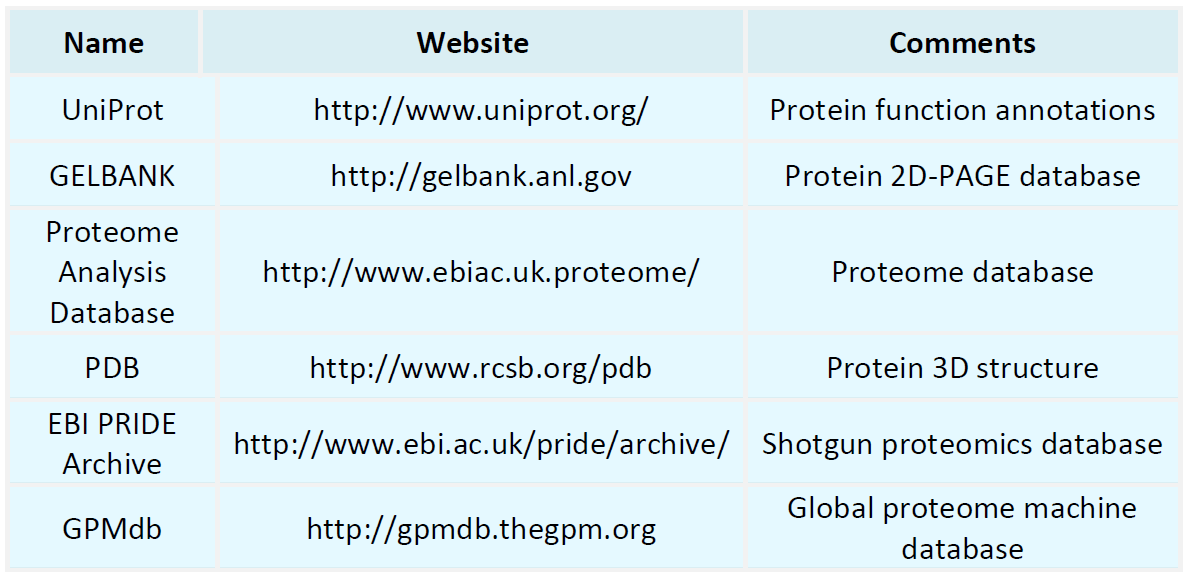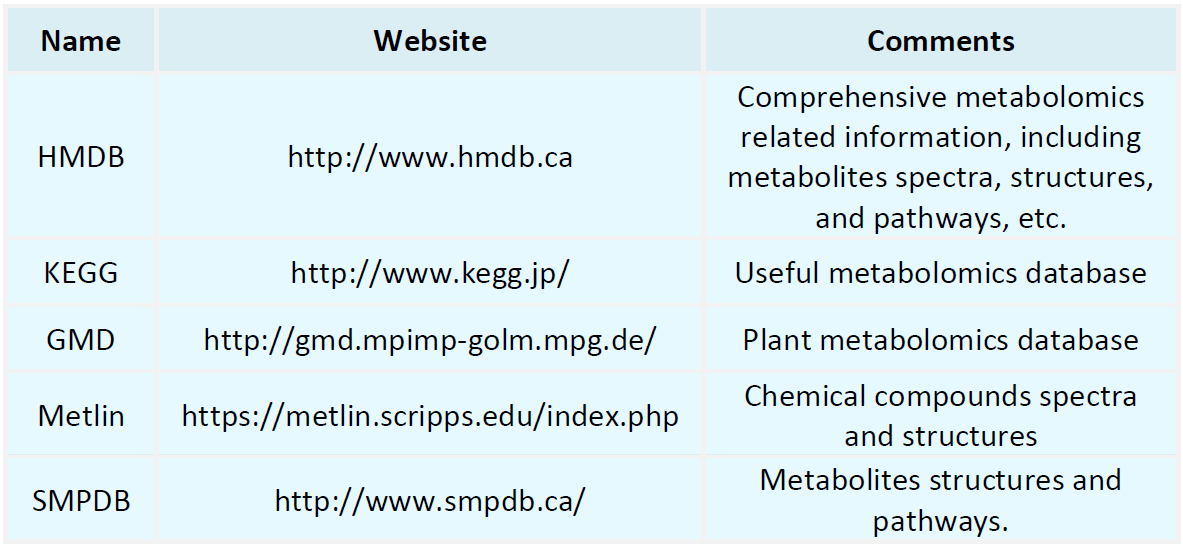Resources
Proteomics Databases

Metabolomics Databases

-
• Quantitative Proteomics Workflow Based on Label-Free Methods
Quantitative proteomics serves as a vital tool for investigating protein abundance and variability in cells or tissues. Recently, label-free methods have emerged as a mainstream technology in quantitative proteomics due to their ease of use and high throughput.
-
• Quantitative Proteomics Based on SILAC Labeling
Quantitative proteomics is a crucial area of biological research focused on measuring the abundance and expression changes of proteins within cells or organisms. Stable isotope labeling by amino acids in cell culture (SILAC) is a widely used method in quantitative proteomics, valued for its high sensitivity and accuracy.
-
• Non-Target Metabolism Plus: Advanced Metabolomics for Comprehensive Analysis
At MtoZ Biolabs, we are proud to offer Non-Target Metabolism Plus, a powerful and highly sensitive metabolomic service based on high-resolution LC-MS/MS technology. This enhanced platform is designed to deliver comprehensive metabolomic profiling across a wide range of biological matrices, helping researchers to uncover both known and novel metabolites with unprecedented clarity and depth.
-
MtoZ Biolabs offers a high-resolution broad-spectrum lipidomics absolute quantitative analysis service. This cutting-edge platform combines non-targeted and targeted lipidomics approaches using advanced mass spectrometry techniques to provide accurate, reproducible, and comprehensive lipid profiles. Our service is built on years of expertise in mass spectrometry and is designed to support researchers in obtaining high-quality lipidomics data for biomedical, pharmaceutical, and clinical studies.
-
• Unlocking Plant Metabolism: High-Resolution Metabolomics for Enhanced Research Insights
At MtoZ Biolabs, we utilize advanced techniques like LC-MS/MS (liquid chromatography coupled with tandem mass spectrometry) to support both non-targeted and targeted metabolomics. Our high-resolution methods ensure that researchers can explore plant metabolomes in unparalleled detail, from primary metabolites involved in energy metabolism to secondary metabolites critical for plant defense and stress responses.
-
At MtoZ Biolabs, our lipidomics service leverages UPLC-Orbitrap mass spectrometry, a high-resolution technology that combines ultra-performance liquid chromatography (UPLC) and Orbitrap-based MS. This allows for the precise separation and identification of lipids from complex biological matrices.
-
• Empowering Discoveries: Unlocking the Potential of Targeted Proteomics Analysis with MtoZ Biolabs
MtoZ Biolabs, a leader in proteomics services, provides targeted proteomics analysis for researchers in biochemistry, biotechnology, and biopharmaceuticals. Our services include MRM and PRM quantitative proteomics, as well as AQUA analysis, supporting the study of post-translational modifications, protein conformations, interactions, kinetics, and metabolic and signaling pathways.
-
• De Novo Protein Sequencing Service at MtoZ Biolabs: Unlocking Protein Functions
Accurate determination of protein sequences plays a crucial role in the development of commercial monoclonal antibodies, vaccines, and assay kits. MtoZ Biolabs's innovative de novo protein sequencing platform for protein analysis, leveraging the high-resolution mass spectrometer Orbitrap Fusion Lumos and extensive bioinformatics expertise.
-
• MtoZ Biolabs: Your Partner for Advanced Protein Sequencing and Analytical Services
MtoZ Biolabs is an integrated CRO specializing in cutting-edge proteomics, metabolomics, bioinformatics, and biopharmaceutical analysis. We are excited to introduce our protein full-length sequencing service, specifically designed to support researchers in the fields of biochemistry, biotechnology, and biopharmaceuticals.
-
• Protein Sequencing Service by Edman Degradation Analysis
MtoZ Biolabs utilizes the SHIMADZU PPSQ-33A analyzer to provide Protein sequencing service by Edman degradation. Samples include but are not limited to purified protein products, antibodies, and protein vaccines, etc. Using our sequencing system, the sequence information of the 30 amino acids at the N-terminus can be determined. Using a specific protein loading system, the 60-70 amino acids at the N-terminus can be determined.
How to order?







